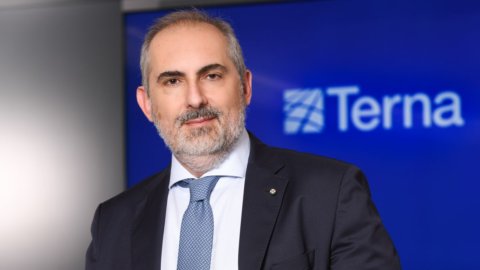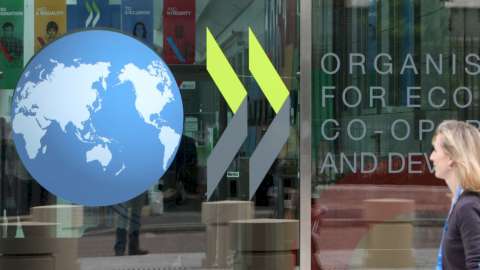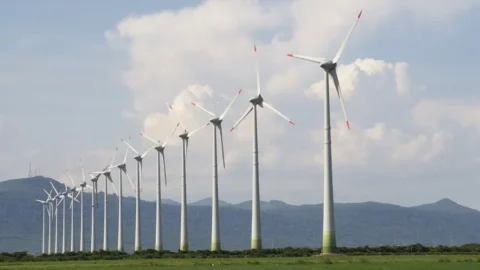Terna improves the rating di Standard Ethics a "AND AND", from the previous “EE-“, including the company led by Stefano Donnarumma in the “Sustainable” which corresponds to the highest level of evaluation.
In detail, the independent non-financial rating agency acknowledged Terna "of having adopted a management model for ESG issues in line with the OECD guidelines and the European Convention on Human Rights", emphasizing that the reporting does not report produced by Terna "complies with the best practices of the sector".
Terna: sustainability for Terna and its targets
La sustainability for Terna, reads a note, is a strategic driver and one of the pillars on which the Group's business is based: the approximately 10 billion euros in total investments, which the company has planned in updating the Industrial Plan 2021-2025 'Driving Energy', are considered be sustainable 99% based on the eligibility criterion introduced by the European Taxonomy. THE target of Terna's sustainability are divided into four areas of intervention: Human capital (Human resources); Share capital e Relational (Stakeholders and territory); intellectual capital (Integrity, accountability and transparency) e Natural capital (Environment). These are broken down into 14 objectives to which over 100 activities pertain over the entire period of the Plan.
Terna is, present in the main ESG indices, including: Dow Jones Sustainability Index, Bloomberg Gender Equality Index, ECPI, Euronext Vigeo Eiris, FTSE4Good, GLIO/GRESB ESG Index, MIB 40 ESG, MSCI, S&P Global 1200 ESG and Stoxx Global ESG Leaders.
Standard Ethics Rating: what it is and what its levels are
Lo Standard Ethics Rating (SER) is a Sustainability Solicited Ratings (SSR), belongs to the category of extra-financial ratings requested and solicited by the company. Specifically, the SER focuses on the assessment of corporate governance, environmental and social aspects and measures the level of compliance with the indications of the EU, the OECD and the United Nations; therefore, it offers a measure of adherence to the major international guidelines on sustainability. Standard Ethics also links a qualitative and quantitative assessment of the company's reputational risk to the rating.
The methodology and the evaluation system in the form of a Rating to 9 levels, was introduced by Standard Ethics, in 2002: EEE; EEE-; EE+ ; AND AND; AND AND-; E+; AND; AND-; F ; where “EEE” represents the model, “EE” the mean, the single “E” below the mean. Countries or listed companies that deviate excessively from the UN values are not rated and are included among the "suspended" issuers. The measurement is now adopted by other companies as well and remains the longest public statistical study on the corporate social responsibility of large listed companies





